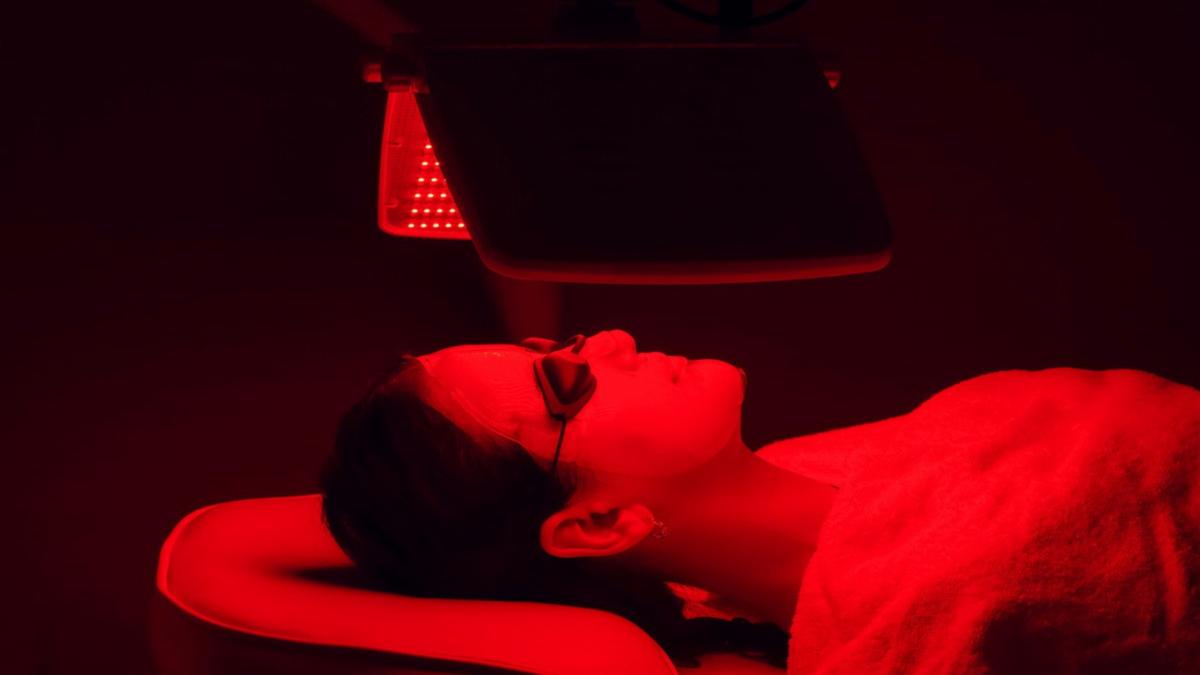Article Body
Introduction
The red light therapy belt is quickly emerging as one of the most talked-about wellness gadgets of the month. Praised by wellness enthusiasts and health experts alike, this device promises to deliver convenient pain relief and enhanced muscle recovery right from the comfort of home. But what is fueling its rapid rise—and is it truly effective for those seeking cutting-edge self-care solutions?
Context & Background
Red light therapy, also known as photobiomodulation, has been used in clinical settings for decades to promote healing, reduce inflammation, and address chronic pain. The technology uses specific wavelengths of red or near-infrared light to penetrate the skin and stimulate cellular repair. Until recently, such therapy was largely limited to medical offices and expensive spa treatments. The advent of portable devices like the red light therapy belt has brought this high-tech wellness tool into mainstream household use.
The Main Event/Development
This month, the Red Light Therapy Belt has surged in popularity, propelled by user testimonials and expert endorsements seen across wellness platforms. Key features include adjustable straps for targeting various body areas, timer controls for custom sessions, and rechargeable batteries for on-the-go use. Social media influencers and physiotherapists have cited the belt’s versatility, highlighting its use for lower back pain, sports injuries, and post-workout recovery.
Analysis & Implications
What sets the Red Light Therapy Belt apart is its accessibility and potential impact on daily wellness routines. For people battling chronic pain or muscle fatigue, the device offers a non-invasive alternative to medication, promising benefits within manageable timeframes. Trends suggest a growing interest in self-administered therapies, with Google search interest for "red light therapy belt" increasing notably over the past six months. Studies referenced by health organizations indicate red light therapy may accelerate muscle repair and reduce inflammation, though efficacy can vary based on application frequency and individual conditions.
Expert Perspectives/Voices
Industry analysts observe that wearable wellness devices are experiencing a boom as consumers seek proactive health solutions. According to Dr. Elisa Grant, a physical therapy specialist, "Red light therapy belts represent a convenient means for individuals to support joint health and muscle recovery without clinical intervention." While more large-scale studies are underway, some researchers remain cautiously optimistic, emphasizing the need for device quality and correct usage.
Challenges & Opportunities
Despite the promise, challenges persist. Not all devices on the market deliver the same light intensity or wavelength, raising concerns about effectiveness and safety. It's crucial for consumers to select products with proven certifications and to exercise realistic expectations. On the opportunity side, expanding public interest in non-pharmaceutical pain management signals a broader acceptance of tech-driven self-care.
Call to Action/What’s Next
For readers considering the Red Light Therapy Belt, now is the time to research, consult healthcare professionals, and compare options to discover if this trending gadget fits their health routines. As innovation continues, future models may offer enhanced personalization and broader treatment coverage.
Conclusion & Outlook
The Red Light Therapy Belt has firmly positioned itself as a headline wellness solution this month, offering accessible pain relief and recovery benefits aligned with modern health trends. Whether the device’s momentum will spark a permanent shift in home wellness remains to be seen, but its current popularity reflects the evolving landscape of personal health technology.


Comments